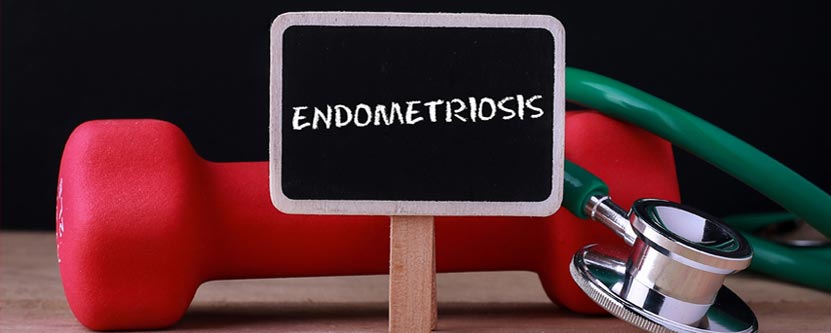The endometrium is the lining of the uterus.
[the_ad id=”6238″]
Endometriosis is the external growth of cells outside the uterus, which forms an endometrium-like structure. It is usually painful and bleeds in the same manner as the endometrium does during menstruation. It is also one of the causes of infertility in women. In India, 45%–80% of those who complain of lower back pain develop endometriosis, making it a common condition.
The symptoms of lower back pain and endometriosis include the following:
Pain: This can be of the following types:
- Painful menstrual cramps
- Long-term pain in the lower back or pelvis
- Pain during or after sex
- Intestinal pain
- Pain during bowel movements
Bleeding or Spotting: Can occur frequently if endometriosis is present. Consultation with a doctor is recommended if any of the above occurs.
Endometriosis is common in women between the ages of 30 and 40. Other factors that put you at risk for endometriosis include never having had children, long menstruation (usually more than 7 days), the menstrual cycle is too short (less than 27 days), family history of a menstrual cycle, and a health problem that can block the menstrual flow from the body.
These are also some of the causes of endometriosis. Although the exact cause is yet unknown, possible causes have been reported to be associated with problems in the menstrual cycle, genetic issues, lowered immunity, hormonal imbalance, and surgery of the abdominal area (like C-section or hysterectomy).
If you have any of the above, your doctor might suggest a few tests.
- Pelvic examinations are done to detect larger masses of endometriosis, as smaller masses may be harder to feel. He may also recommend imaging tests in the form of an ultrasound to check for ovarian cysts resulting from endometriosis.
- Magnetic resonance imaging (MRI) is done to get a clearer picture of the uterus.
- If endometriosis is not seen in any of these tests but is suspected based on your symptoms, then a laparoscopy is performed. This is the only confirmatory test for endometriosis.
Once diagnosed, the mode of treatment required is charted out. The treatment will depend on whether you are trying to conceive. If you do not want to conceive, then hormonal pills are prescribed that can help bring down the pain and discomfort. Intrauterine devices (IUD) may also be considered to bring down the pain and bleeding. It also ensures contraception for about seven years.
If you are trying to conceive, then your doctor may prescribe a gonadotropin-releasing hormone agonist. This medicine prevents the body from making the hormone responsible for menstruation and endometriosis. Surgery is only attempted for very severe cases and is usually followed up with hormonal therapies. Pain medication is also considered a mode for alleviating some symptoms of endometriosis.
Source:

